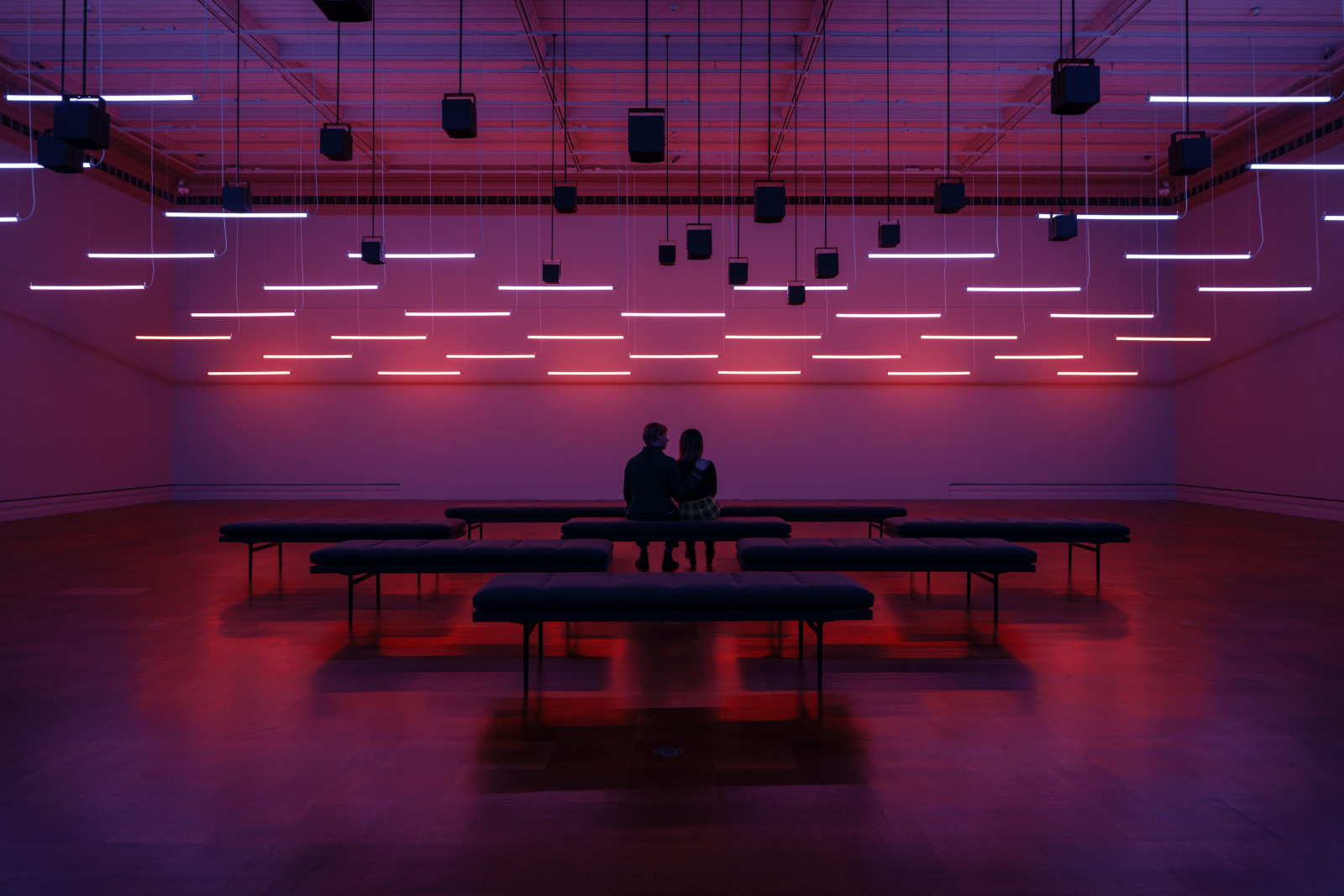Tomb Figure of a Female Attendant
Tomb Figure of a Female Attendant
Place of OriginChina
Dateabout 800
DimensionsH: 10 1/4 inches
MediumEarthenware with polychrome pigment
ClassificationCeramics
Credit LineGift of Robyn and David Barrie in honor of Jean and Frank Voss
Object number
2003.17
Not on View
DescriptionA pair (2003.17, 2003.18) of standing female tomb figures (mingqi), each on a small square base. They are made of low-fired, orange-colored earthenware ("polychromed ceramic") and were finished with applied pigments. Traces of orange, cream, brown (for facial features), and red (for lips) pigment remain. The pigment is in a fragile, powdery condition and weakly attached. Both figures are depicted standing, wearing long, flowing gowns, with their hands folded and concealed within wide sleeves. They have full faces and elaborate hairstyles.
Label TextThese two figures represent ladies of the court from China's Tang Dynasty (618–907 CE). They were not created to be seen by the living. Instead, they were mingqi, or "spirit objects," designed to be placed in an aristocrat's tomb. It was believed that mingqi would accompany and serve the deceased in the afterlife, reflecting the wealth and status their owner enjoyed in life. The figures' full faces, elaborate hairstyles, and hands folded inside wide sleeves showcase the fashionable court attire around 800 CE. Made in molds and finished by hand, they still retain much of their original, fragile pigment after centuries of burial.Exhibition HistoryNew York, Throckmorton Fine Art, The Scholar's Eye, 2003, No publication.about 800
Tang Dynasty (618-907), Late 7th century
9th Dynasty (2130–2040 BCE)
about 500 BCE
about 575 BCE
about 1525-1550
Mid- to late 4th century CE
Ptolemaic Period (332–30 BCE), about 246–222 BCE
5th Dynasty (2498–2345 BCE)

Membership
Become a TMA member today
Support TMA
Help support the TMA mission














